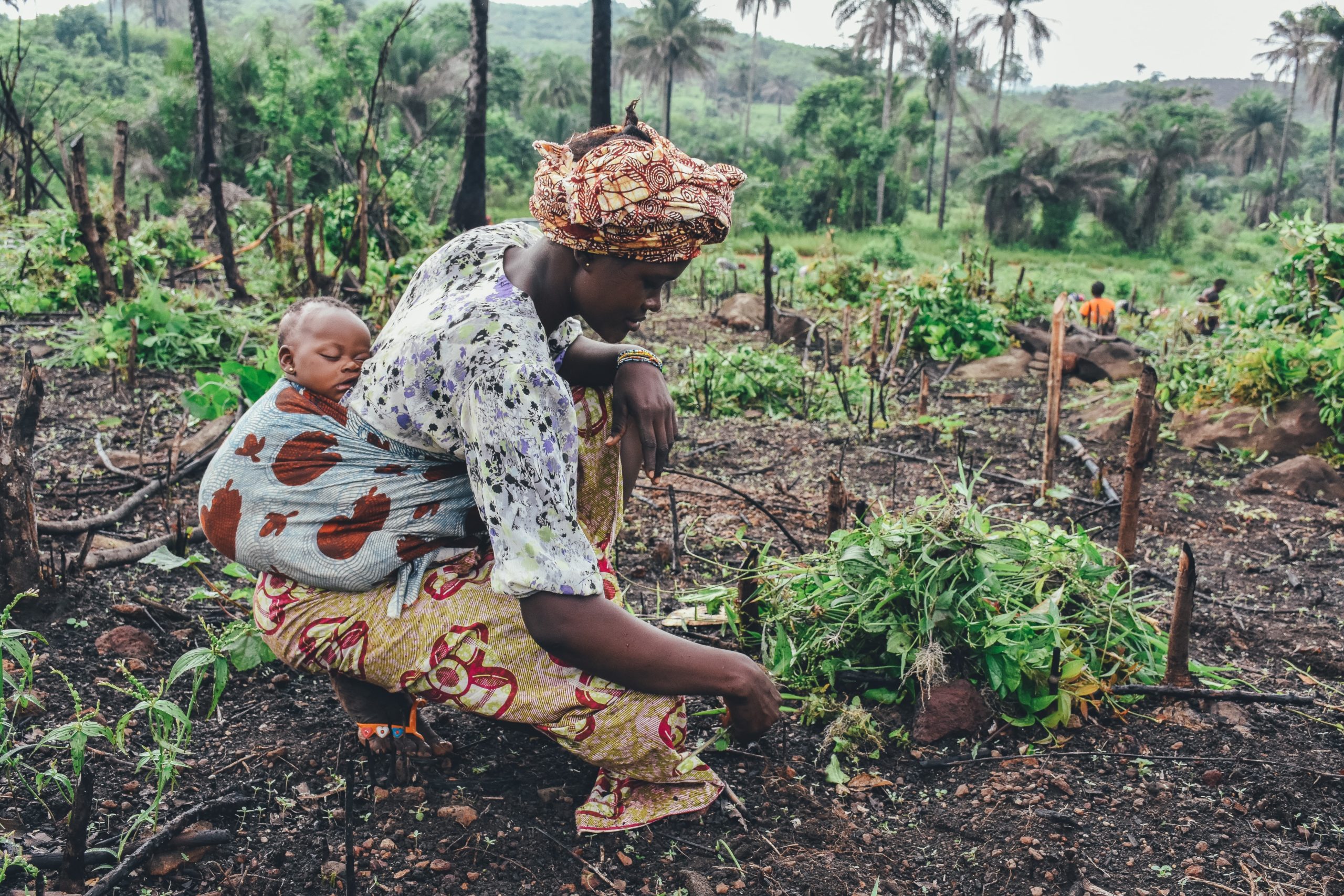Agriculture is a weather-driven industry: For Africa, more than 95 per cent of the production is rainfed. Small-scale producers (SSPs) dominate the farming landscape in Africa, Asia, and Central America – and they face an increasingly challenging production environment. One of the most significant manifestations of a warmer earth is the increasingly variable – and often extreme – weather.
Agriculture thrives when the weather is moderate and predictable. This simple statement is disarmingly accurate. Agriculture can prosper when the correct agronomics (that is, crop variety, soil health, and pest management) match the expected environmental conditions.
The impact of an unpredictable climate
Weather variability impacts SSPs in profound ways – an early or late start to the rainy season is one of the most obvious. Seeds placed in the ground for too long before germination can result in a low germination rate and production losses of 30 per cent or more, while early rains can make it difficult for farmers to enter their fields.
In the case of semi-arid environments, early rains followed by a dry period may result in seedling mortality and the need for re-planting a field at great expense. Regions that have traditionally enjoyed reliable rainfall can rapidly spiral into poverty with atypical dryness or extreme rainfall events leading to production losses. Either weather impact disincentivises farmers to invest in modern inputs such as hybrid seeds, fertiliser, and crop protectants.

With climate change, the weather is becoming increasingly unreliable, causing challenges for smallholder farmers. Photo credit: Unsplash
Harnessing data to predict the weather
Agronomic data science has rapidly evolved in recent years to optimise variety, cultivation practice, level and type of fertiliser, along with integrated pest management, that all are driven by observed and forecast weather data. These science-driven recommendations can help farmers anticipate the ‘real’ rainy season onset (by combining trends over the past years with current forecasts) and provide recommendations on a suitable sowing date, timing of fertiliser applications, and pest and disease management.
The economics of digital climate advisory services (DCAS) are astounding (see a Zimbabwe farmer’s blog here). Simply having access to a local weather forecast can boost farm productivity by at least 10 per cent. DCAS services can be delivered for approximately $5 per ‘field’, including onboarding farmers and generating agronomy-based weather messages. This is a 14x return: for every $5 invested, $70 is generated.
In terms of scaling, Digital Agronomy Providers (DAP) can rapidly expand across geographies to offer localised observed weather data, hourly forecasts, crop growth and disease models, or decision-trees to generate actionable messages for farmers. By leveraging cloud services, DAP services can cover multiple countries – or even an entire continent. And they not only benefit farmers, but also help other actors along the commodity value chains to work in concert as they adapt to weather variability.
Already, all commercial farmers in emerged economies utilise a wide range of information services to increase their sustainability and profitability. Given that the majority of the 500 million SSPs across the planet have no access to such localised in-time services, these SSPs can take advantage of just a weather forecast to adapt to atypical weather patterns. With millions of hectares under production, the return on interest of a scaled investment into DCAS would notably increase national agriculture GDP, especially in the agrarian economies that dominate Africa.

Digital services can supply scientifically validated recommendations to smallholders, ultimately certifying them as using best practices. Photo credit: Unsplash
A win for farmers, consumers, and the planet
DCAS is increasingly seen as a foundational component of a sustainable and resilient food system. This will only increase as the impact of climate change is felt by both farmers and consumers. The latter are now placing increasing pressure on supermarkets for responsible sourcing of food to reduce the environmental footprint of agriculture. Over time, these same expectations will be made of SSPs as economies mature and consumers drive change through their purchases.
DAP and DCAS are powerful enablers for farmers to adapt to a more variable climate and marketplace, and become more resilient to variable weather and pricing. Digital services offer the potential to supply scientifically validated recommendations to SSPs, who then are certified as using best practices. Their produce would be priced accordingly, and consumers could support such certified social, economic, and ecological practices through their buying behavior.
This leads to a triple win: It is good for the farmer in the form of higher margins, good for the consumer to trace where their safe and nutritious food came from, and good for the environment as farmers follow best practices. While the challenge of achieving food and income security for upwards of 10 billion people over the next three decades is huge, our new digital tools of DCAS and DAS can augment farmer ingenuity. With the right partnerships, we can ensure that we live within the ecological boundaries of our planet.



